The small business landscape is shifting faster than ever. Technology, customer expectations, and market dynamics are rewriting the playbook for how companies grow and compete.
Over the past year, we’ve seen a clear pattern: Businesses that adapt thrive, while those that don’t risk falling behind.
And that’s exactly why we’re sharing this blog—so you don’t get caught off guard.
Here are the small business trends for 2026 you need to know if you want to stay relevant, competitive, and ahead of the curve.
The current state of small businesses in 2026
Looking at the current situation of small businesses in 2026, one thing is clear: They’re more resilient than ever, but also operating in a more complex environment than we’ve seen in years.
On the positive side, digital tools have leveled the playing field. A bakery in a small town can now sell nationwide through TikTok or Instagram shopping.
A solo consultant can compete with large firms because AI helps them draft proposals, analyze data, and respond to clients faster. In fact, 68% of small businesses have already adopted AI.
Moreover, access to global talent through freelance platforms also means small businesses don’t need a big payroll to run efficiently.
Small businesses remain the backbone of the U.S. economy, comprising approximately 33.3 million businesses, which account for 99.9% of all businesses. That’s huge!
But there are challenges too. Inflation has eased from 58% to 48% last quarter, but operating costs, rent, software subscriptions, and compliance still put pressure on margins.
Consumer expectations are sky-high; people want instant service, personalization, and seamless digital experiences, even from local shops.
Regulations around data privacy and sustainability are also catching up, forcing owners to think beyond just revenue.
The biggest shift? Small businesses are no longer just “local players.” Whether they like it or not, they’re competing globally; sometimes directly with Amazon, sometimes with a niche brand halfway across the world.
That’s why, to stay competitive in a global market, small businesses need to stay tuned into the latest trends, and here are the ones worth watching.
Emerging business trends that matter
Small businesses don’t just need to react to change—they need to anticipate it. The following trends are shaping how entrepreneurs will run, grow, and compete in 2026 and beyond.
1) Small businesses will harness AI for marketing and automation
AI isn’t some futuristic concept anymore—it’s already part of our daily lives. Small businesses are steadily investing in AI tools, using them to streamline operations and for high-value work like marketing.
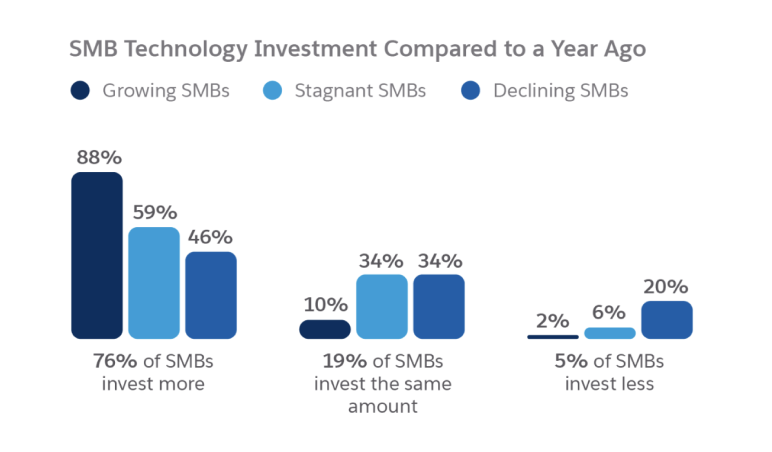
What’s drawing small businesses to AI is its ability to save time while staying affordable.
Take ChatGPT, for example—through a simple chatbot, a business can brainstorm fresh marketing ideas, gather product insights, and better understand its target audience, often at little to no cost.
For example, if we can ask ChatGPT about the bakery industry in the USA, and it instantly gives us ideas we hadn’t thought of. Have a look:
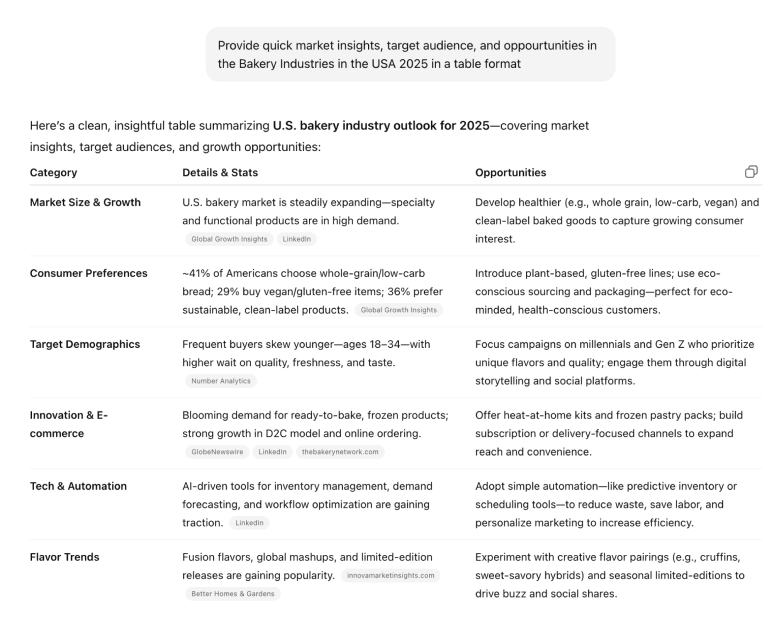
ChatGPT spits out useful, easy-to-grasp insights in seconds, and the best part, it’s free.
Another great example is Upmetrics, an AI-powered business plan generator. If you’re looking to grow your small business, planning is a crucial step, and this platform helps you create a solid plan within minutes using AI.
Here’s an example of how Upmetrics helps businesses create a business plan in minutes.
However, harnessing the power of AI is helping small businesses with the following benefits:
- Reduces errors by automating repetitive, manual processes.
- Provides predictive insights to spot trends and plan ahead.
- Simplifies scaling by handling more work without adding extra staff.
- Levels the playing field, allowing small businesses to compete with larger players.
To stay competitive and keep your business moving forward, embracing AI is no longer optional—it’s not a prediction, it’s today’s reality.
2) Customers will expect highly personalized experiences
Today’s customers don’t just want good service—they want experiences that feel tailor-made for them. Yes, a personalized experience that makes customers feel like your product or service was designed just for them.
Have you ever wondered why Amazon is one of the most loved retail sites? It’s not just their design or return policy; it’s their personalized service.
Every time you open the app, it recommends products based on what you’ve searched for or purchased before. That means less time hunting around and more ‘one-click’ finds.

This is what personalized service looks like: It makes customers feel like the platform was built just for them, serving exactly what they want.
In the days ahead, this level of personalization will become increasingly important. Big companies are already using AI to make this happen, analyzing shopping patterns and showing each customer different products so sales grow and customers get a smoother experience.
Apart from that, businesses can also try personalization through:
- Wishing customers on birthdays or anniversaries
- Sending product recommendations based on past purchases
- Offering exclusive discounts for loyal customers
- Personalized email campaigns with the customer’s name and interests
- Curating bundles or packages based on browsing history
In 2026, personalization isn’t about “going the extra mile”—it’s the cost of admission. The businesses that get this right will feel less like faceless companies and more like trusted partners in their customers’ lives.
3) Entrepreneurs will build multi-hyphenate revenue streams
Relying on just one source of income is getting riskier by the day. That’s why more entrepreneurs are experimenting with “multi-hyphenate” models.
For Social Ice-cream, it’s an event company, media agency, and ice-cream truck business owner serving metro Detroit and the Chicagoland area. From weddings to music festivals, this multi-hyphenate business uses its ice cream truck and special events to reach more customers and amplify its marketing.
This trend isn’t about doing everything; it’s about creating multiple complementary revenue streams that feed into each other.
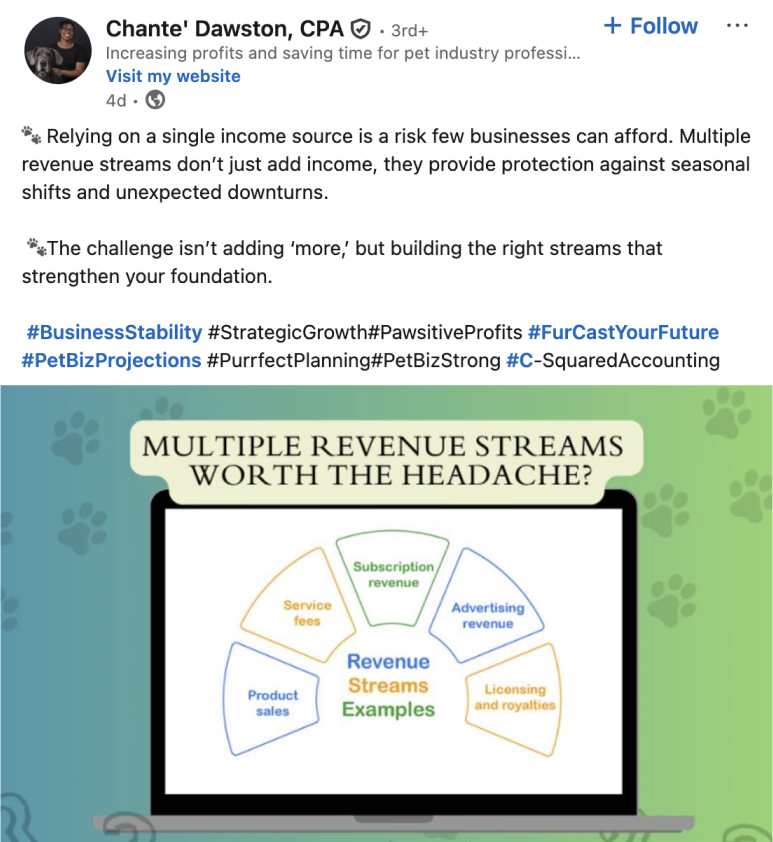
Digital platforms have made this easier than ever—whether it’s launching a side subscription service, adding e-commerce to a physical store, or creating paid content on social media.
By diversifying, small businesses protect themselves from sudden downturns and open up new growth opportunities without being fully dependent on a single product or service.
In 2026, the smartest entrepreneurs aren’t wearing just one hat—they’re wearing three or four, and doing it intentionally. Remember, always use the right market research tools before expanding; it can save you time, money, and a lot of unexpected headaches.
4) Employees will prefer remote and hybrid work
The pandemic may have sparked the shift, but it’s clear now: Remote and hybrid work aren’t just temporary experiments; they’re long-term expectations.
Employees want flexibility, and small businesses that offer it are finding it easier to attract and retain top talent without relying solely on high salaries. In fact, studies show that remote employees are 42% more productive compared to those working in traditional office settings.
Hybrid models in particular are gaining traction. They give people the option to come into the office for collaboration while still enjoying the freedom of working from home.
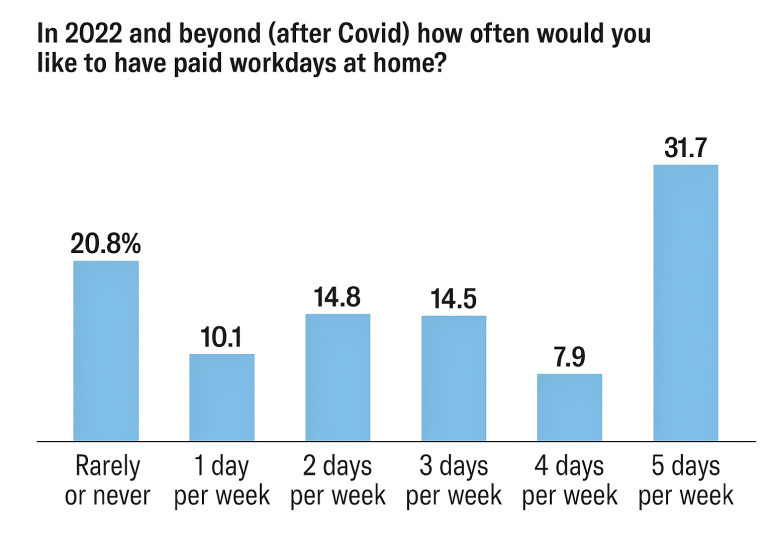
For small businesses, this means reduced overhead costs and access to a wider talent pool, since hiring isn’t limited by geography anymore.
In 2026, flexibility is no longer a perk—it’s part of the package. The businesses that recognize this will not only have happier teams but also a stronger edge in recruiting and retention.
5) More consumers will involve sustainability in purchasing decisions
Today’s customers don’t just care about what they buy—they care about how it’s made.
More and more consumers are choosing brands that show real commitment to eco-friendly practices, whether it’s sustainable packaging, ethical sourcing, or carbon-neutral shipping.
For small businesses, this shift opens both a challenge and an opportunity. The challenge is that sustainability can sometimes add costs.
But the opportunity is huge: Customers are willing to stay loyal—and even pay a little extra—for businesses that align with their values.
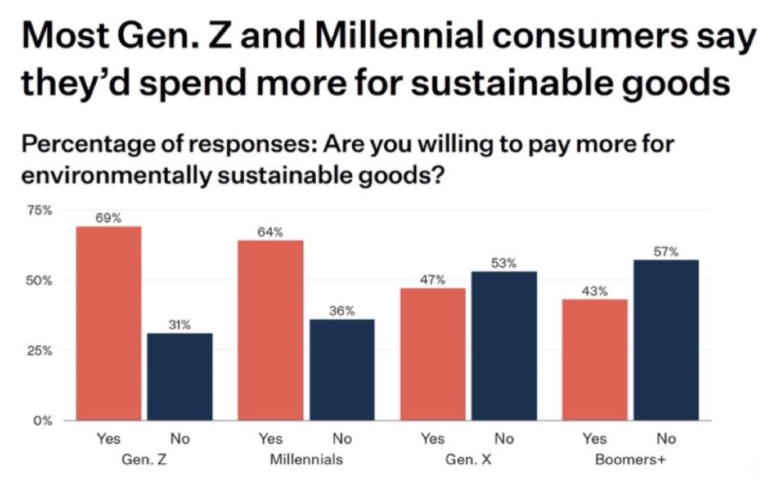
For small businesses, embracing sustainability isn’t just about doing good for the planet—it also comes with tangible business advantages, such as:
- Build stronger brand loyalty by aligning with customer values.
- Attract eco-conscious consumers who actively seek sustainable options.
- Gain a competitive edge against larger, less agile competitors.
- Unlock potential cost savings in the long run (e.g., energy efficiency, reduced waste).
- Strengthen brand reputation and trust through transparent practices.
6) Cybersecurity and data privacy will become non-negotiables
Surprisingly, almost 43% of cyber-attacks target small businesses; yet only 14% of them are actually prepared to handle one.
With so much of business happening online—payments, customer data, digital marketing—security is no longer a “nice to have.” One breach or leak can shatter customer trust overnight.
Customers today expect their information to be protected as much as they expect good service. And regulations are tightening too, meaning small businesses can’t afford to ignore data privacy anymore.
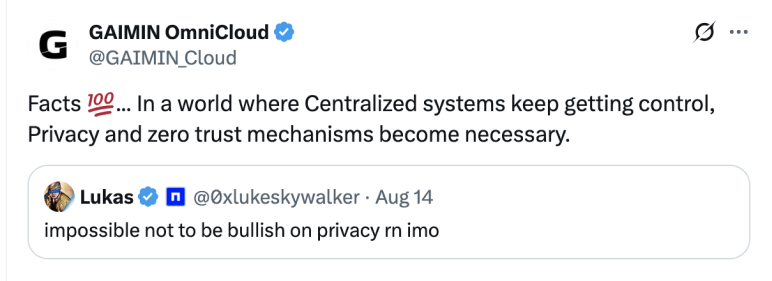
The good news? Investing in cybersecurity tools and basic practices—like secure payment gateways, two-factor authentication, and regular software updates—can go a long way. Protecting data isn’t just risk management anymore; it’s becoming part of your value proposition.
7) Voice search and SGE will shape customer interactions
Customers aren’t just typing anymore—they’re asking. With the rise of voice search and Google’s Search Generative Experience (SGE), people expect faster, conversational answers.
For example, if you search for anything on Google today, the SERP looks like this:

Google’s SGE pulls together information from across the web and gives users clear, direct answers—while also linking back to sources. For small businesses, that means a huge opportunity.
To boost your chances of showing up, focus on content built around long-tail keywords—the kind of natural, specific phrases customers actually speak into voice search.
For small businesses, this means your content should be easy to understand, voice-friendly, and optimized to show up in AI-driven results. The businesses that adapt early will feel like they’re “present in the room” when a customer asks a question.
8) Subscription and membership models will drive revenue
Customers love convenience, and businesses love consistency—that’s why subscription and membership models are taking off.
From monthly coffee deliveries to exclusive coaching groups, SMBs are finding ways to turn one-time buyers into loyal, recurring customers.
The real win?
Predictable revenue that makes cash flow less stressful and planning much easier.
Take Dollar Shave Club as an example. They started mailing affordable razors on a subscription basis. Customers loved the convenience, and the model gave the company steady, predictable revenue—so much so that it grew into a $1 billion acquisition by Unilever.
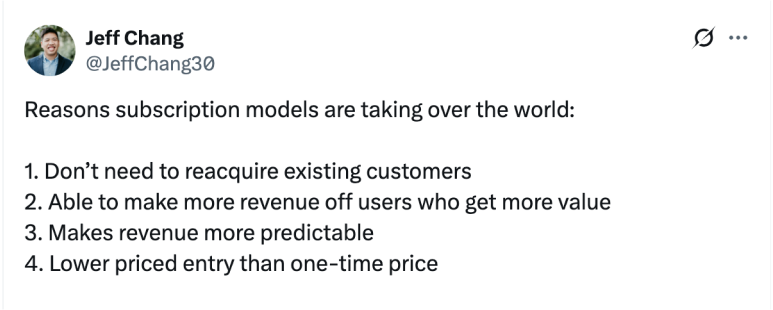
The key?
Packaging your product or service in a way that makes customers want to stick around long-term.
Remember, 2026 will reward small businesses that can turn transactions into relationships and build communities around recurring value.
9) On-Demand and hyperlocal services will grow in popularity
Consumers today expect speed, convenience, and proximity, and that’s exactly what on-demand and hyperlocal services deliver.
Whether it’s food delivered in under 30 minutes, a handyman just a call away, or same-day courier services, people now prefer businesses that can serve them faster and closer to home.
A perfect example here is Amazon. To meet this growing demand, they’re setting up smaller hubs in tier-2 and tier-3 cities, so customers can get their orders delivered the same day or even within hours.
Additionally, Amazon runs a Hub Delivery partner program where locals can earn extra income by delivering goods in their own neighborhoods. It’s a win-win: Customers get speed and convenience, while communities benefit from more job opportunities.
For small businesses, this shows the power of going hyperlocal—serving your customers faster, right where they are.
Remember, you don’t need Amazon’s scale to go hyperlocal. Partner with local delivery apps, collaborate with neighborhood shops, or set up your own “quick-ship” option for nearby customers; it builds trust and keeps you competitive.
10) Data-driven decision-making will become accessible to every SMB
Not long ago, “data-driven” sounded like something only big corporations with analytics teams could afford. But that’s changing fast. Today, small businesses have access to affordable tools that track sales, customer behavior, and even marketing performance in real time.
Take this simple example: A local café started using a POS dashboard to track which drinks sold best during weekdays vs. weekends.
They noticed iced coffees spiked every Friday afternoon—so they ran a “Friday Happy Hour” promo. Result? 30% more sales on slow hours, and a loyal group of regulars who looked forward to it.
That’s the power of data—helping small businesses make decisions based on facts, not just gut feeling.
Why it matters for SMBs (benefits):
- Spot trends early and adapt faster than competitors.
- Save money by cutting low-performing products/services.
- Run smarter promotions that actually boost sales.
- Keep customers happy by learning what they love most.
11) Immersive experiences and AR will enter the SMB playbook
Not long ago, augmented reality felt like sci-fi—or at least something only Apple or Nike could pull off. But 2026 is changing that. With tools becoming cheaper and more accessible, even small businesses can utilize AR to differentiate themselves.
Picture this: A small furniture shop lets customers use their phone camera to “place” a sofa in their living room before buying. Or a local boutique offers a virtual try-on mirror for sunglasses.

These aren’t futuristic gimmicks anymore—they’re practical, affordable ways to make shopping fun and reduce purchase hesitation.
Industry-by-industry outlook for 2026
Every industry will feel the impact of these shifts differently. Let’s break down how trends are set to reshape retail, services, manufacturing, and beyond.
1) Retail sector predictions
| Key Trends (2026) | Impact on SMBs | Action Steps | Key Stats |
|---|---|---|---|
| AI personalization | Increases loyalty & repeat purchases | Use AI tools to personalize offers | 80% of shoppers prefer personalized experiences |
| Omnichannel e-commerce | Wider reach across online & offline | Sync website, app, and in-store experience | 73% of consumers shop on multiple channels |
| Sustainable packaging | Builds trust & eco-conscious image | Switch to recyclable/eco-friendly packaging | 66% of consumers are willing to pay more for sustainable brands |
2) Services sector predictions
| Emerging Trends (2026) | Opportunities for SMBs | Implementation Tips | Key Stats |
|---|---|---|---|
| Hybrid workforce | Attracts top talent | Offer flexible schedules & remote options | 71% of employees want flexible remote options |
| Flexible pricing models | Wins diverse clients | Offer tiered/usage-based pricing | 60% of SMBs report better retention with flexible pricing |
| Subscription services | Creates recurring revenue | Build membership or service bundles | Subscription economy to grow 18.1% annually |
3) Manufacturing sector predictions
| Key Shifts (2026) | Benefits for SMBs | Preparation Checklist | Key Stats |
|---|---|---|---|
| Automation adoption | Lowers costs, boosts efficiency | Invest in smart machines/software | 60% of manufacturers adopted automation in 2024 |
| Sustainability focus | Meets customer & regulatory demand | Switch to renewable energy & green processes | 72% of global consumers consider sustainability before buying |
| Supply chain resilience | Reduces risk from disruptions | Diversify suppliers & add local sourcing | 78% of supply chain leaders are investing in resilience |
4) Professional services prediction
| Upcoming Trends (2026) | SMB Advantage | Best Practices | Key Stats |
|---|---|---|---|
| Digital client engagement | Faster, seamless client communication | Use video, CRM, chatbots | 80% of clients expect the support agent to assist them with everything |
| Personalized offerings | Stronger client loyalty | Customize services by industry or need | 74% of clients prefer personalized services |
| Data-driven decision-making | Better forecasting & ROI | Track KPIs, use analytics tools | Data-driven firms are 23x more likely to acquire customers |
Conclusion
The future of business isn’t around the corner—it’s already here. These small business trends are no longer “nice-to-have” options; they’re becoming the baseline for staying competitive.
From AI-driven personalization to sustainable practices, hybrid work, and subscription models, every trend we discussed comes back to one thing: Meeting customers where they are in 2026.
And here’s the good news: You don’t have to tackle everything at once. Start small, pick the trends that fit your business model today, and scale gradually. Even simple shifts, like using AI tools to plan smarter, predict customer needs, or test new revenue streams, can set your business apart.
At the end of the day, trends aren’t just about keeping up; they’re about creating opportunities to grow with confidence.


